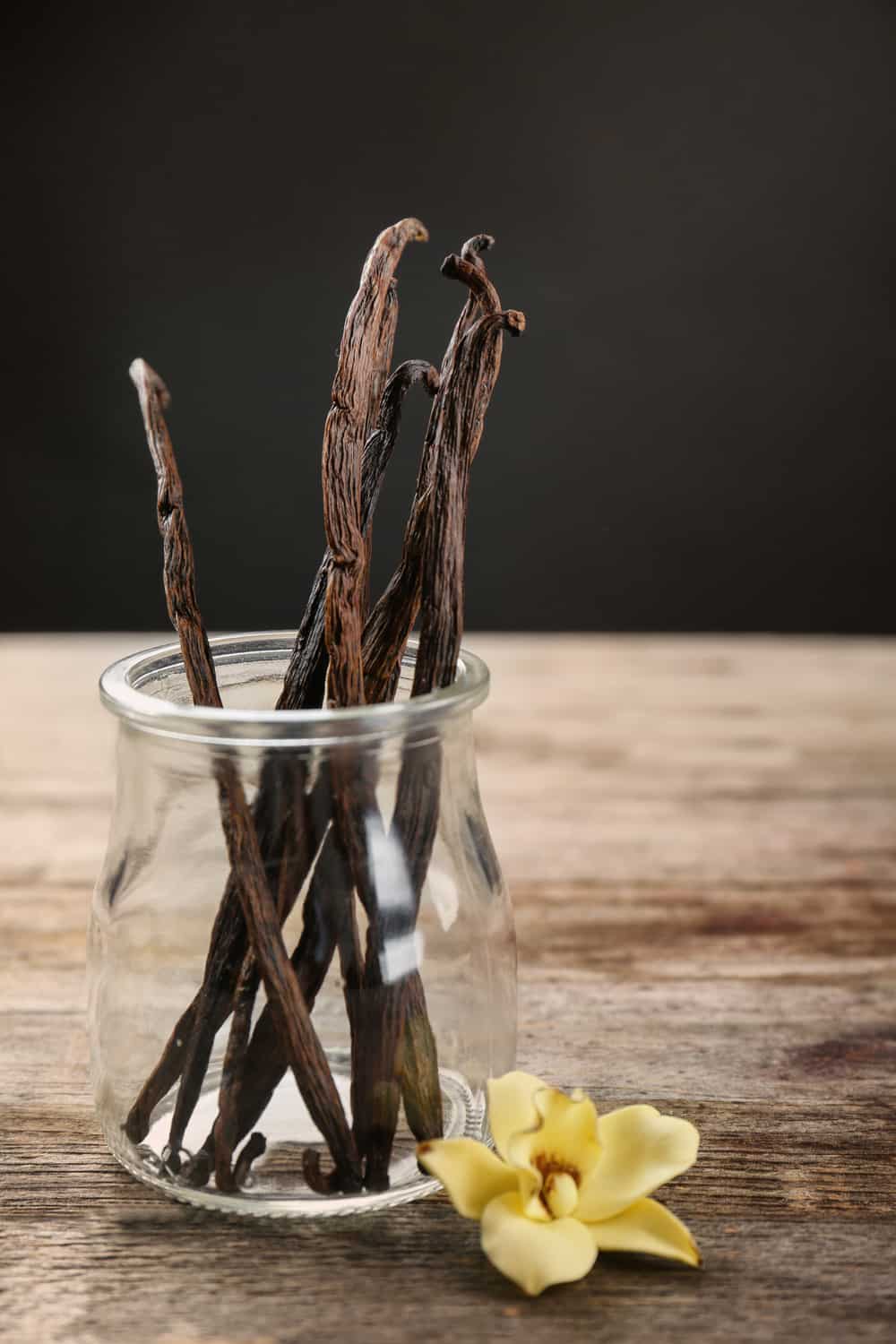
Vanilla beans’ slight shine and intense aroma attract many food lovers, especially bakers. But multiple thoughts cross your mind before storing it, a question like “How long does vanilla beans last?” or “Can vanilla pods go bad?” obviously comes up.
If you’ve such queries, or if you want to know more on vanilla beans and their storage, we’ve got all the answers for you.
Table of Contents
Does Vanilla Bean Go Bad?
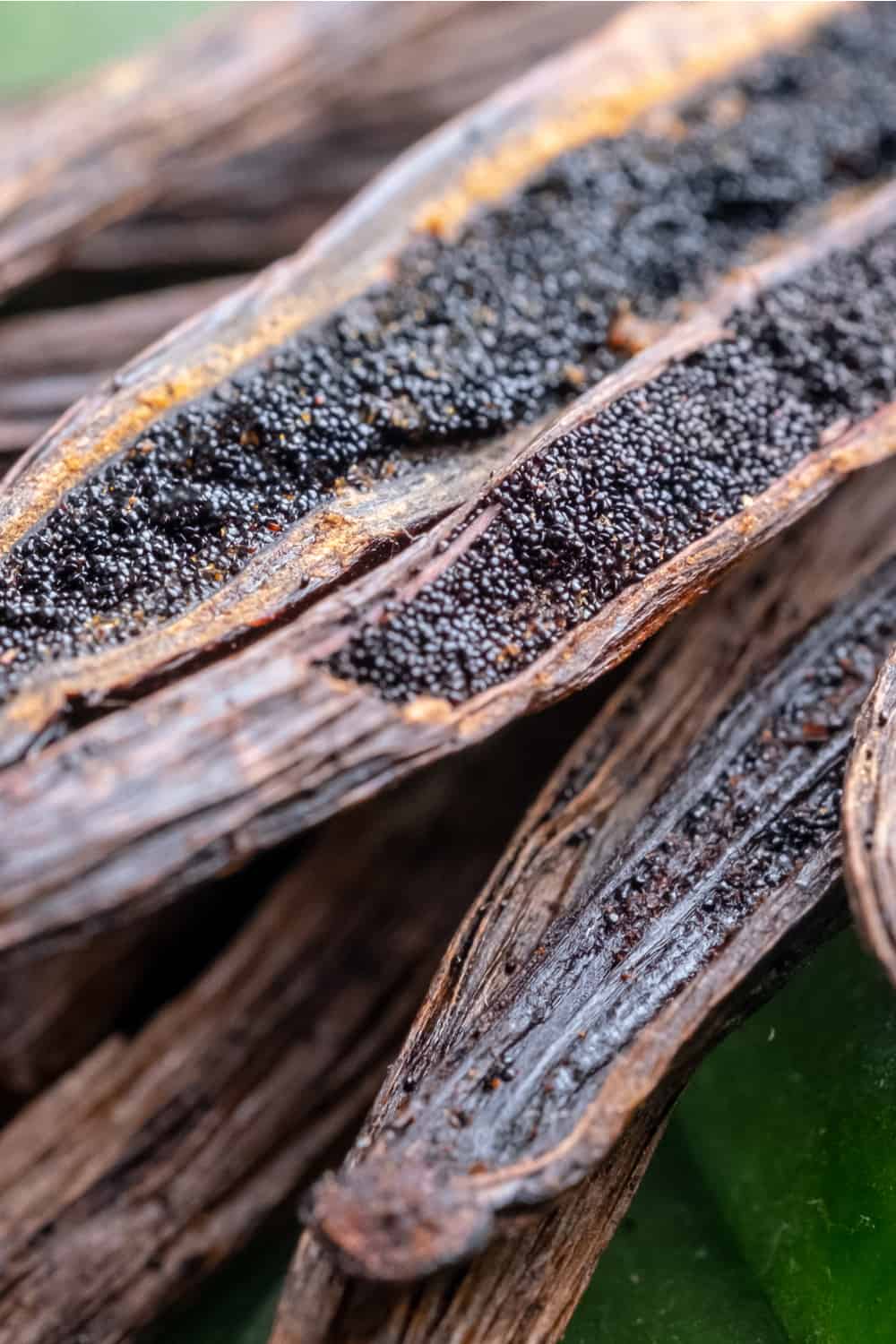
Vanilla bean is primarily known for its intense aroma, so little goes a long way. Being able to see the little black spots of the beans in the finished product while preparing lighter desserts like muffins, cupcakes, and white cakes adds more visual satisfaction.
Vanilla beans are a costly product, so wasting any of them is not an option for you. A quick heads-up for you – though vanilla pods don’t go bad on its own, they can get moldy.
Nevertheless, if you’ve already brought a number of beans home, you don’t have to panic. Vanilla beans will last you quite long if stored properly, and we will share some tips with you on how to do so.
How Long Does Vanilla Bean Last?
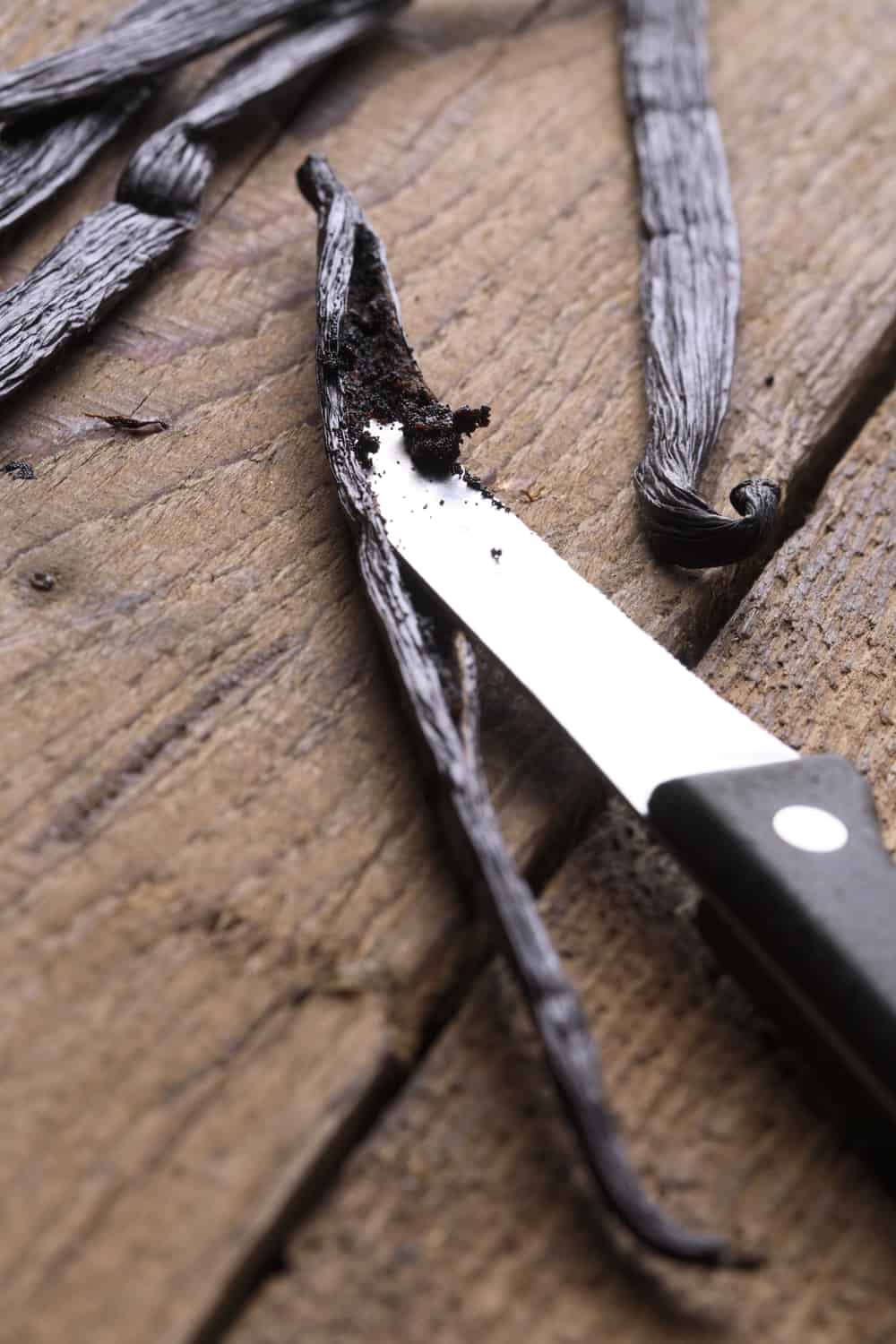
Vanilla beans are quite a pricy ingredient to be in your kitchen, so you should be aware of using it before it gets wasted. Vanilla beans won’t keep going forever, contrary to that of vanilla extract.
|
|
Pantry (Stored Properly) |
Stored improperly |
|
Unopened Vanilla Beans |
Up to 2 years or more | Aroma and flavor degrade with time |
| Opened Vanilla Beans | 6 to 8 months |
Aroma and flavor degrade with time |
It is a very difficult task to precisely state the life of the vanilla beans you have bought from the market. The life of the beans depends upon the quality of the pods and the storage condition you provide to secure it.
The unused vanilla beans kept in an airtight container and stored in a cool, dark place can last a year or two without losing its aroma and flavor. This airtight container helps to keep the beans moist and preventing it from drying.
But once opened and used, it is highly recommended to finish the product within 6 to 8 months in order to enjoy its natural flavor. The beans lose its aroma and flavor with time, it generally dries up and ends as waste.
Above mentioned time duration is only for the ones who want to enjoy the beans real quality. The quality degrades with time but it is safe to use for a much longer duration.
Moreover, if stored improperly, you’ll quickly see mold beginning to develop on the pods even before their expected shelf-life.
2 Tips to tell if Vanilla beans have Gone Bad
If not opened and stored properly, vanilla beans can be used for up to 2 years at their best quality. But if opened and not preserved carefully, the vanilla bean’s aroma and essence degrade with time.
Here are some noticeable signs that indicate the degradation of your vanilla beans and are no longer tasteful to your sense.
1. Mold growth
Spongy or springy spot on the beans, called molds, generally occurs when stored in exceedingly humid conditions. Beans are often discarded when these molds are spotted.
There could also be a straight-forward remedy if the molds are only seen on the surface.
Scrapping the mold with a cloth soaked in a high alcohol content drink may be an option, but you can’t expect the identical flavor and aroma from the beans.
But, if the molds start to grow inside the pods, the most effective option is to discard the beans.
2. Frost
Frost on the beans occurs when the beans start drying out. The frost begins to develop from within the pods to the surface. The frost on the beans looks hard and shiny.
The frost does not spoil the vanilla beans as the molds do. The frosted vanilla beans are safe to consume with the compromise of the smell and taste. The drier the beans, the lower the quality.
There’s a way to rejuvenate the drier vanilla beans by soaking them in warm water for a few hours before using it. But we shouldn’t expect the quality betterment of the degraded beans by rehydration.
7 Tips to Store Vanilla beans
Vanilla in any recipes tastes good, and the aroma is to die for. How would you feel if you had to toss them out? Not good, right?
To your rescue, we’ve mentioned a few vanilla beans storage tips below. From storing fresh vanilla beans to various ways of storing used-up pods, we’ve covered them all.
1. Make vanilla extract
Preparing your own vanilla extract is a lot easier than you think. You can infuse opened or dry vanilla beans in alcohol or vegetable glycerin and leave the container at rest. The longer you wait, the better the flavor becomes.
You can also prepare an extract of your used-up vanilla beans. This way, you might need a greater number of beans to create the concentrated extract.
2. Wrap the beans and store in an airtight container
You can simply wrap the beans in a wax paper or a plastic wrap and store them in an airtight container. To prevent the beans from drying out, make sure to squeeze out as much air as you can before storing them.
3. Store in a vodka filled airtight container
An excellent way of keeping your vanilla beans, moist and juicy for years without any mold growth is by storing them in a vodka filled airtight container.
Alcohol being a natural preservative, doesn’t let the pods go bad and also helps retain the moisture within them.
4. Give them air
If you’ve been storing vanilla beans wrapped in an airtight container, this essential tip is for you. Remember to remove the beans from the container every few weeks and let them sit for 10-15 minutes.
5. Do not refrigerate
Refrigerating the vanilla beans might dry them out. Moreover, the excess moisture content within the refrigerator further imposes the risk of mold development on the beans.
6. Dry the beans and grind them
It is an incredible tip if you don’t want to throw your used-up beans. You can dry them in an oven and grind them once they become crispy. The powder is quite flavorful, and a teaspoon might be enough for many of your recipes.
7. Prepare vanilla-flavored sugar
Though not an exact storage tip, it might come handy if you have a few beans extra lying around. You can insert 2-3 of them into your caster sugar jar, and the magic it does is truly astounding.
Remember that once you remove the beans, the aroma from the sugar will also go away quickly.
The Risk of Consuming Expired Vanilla beans
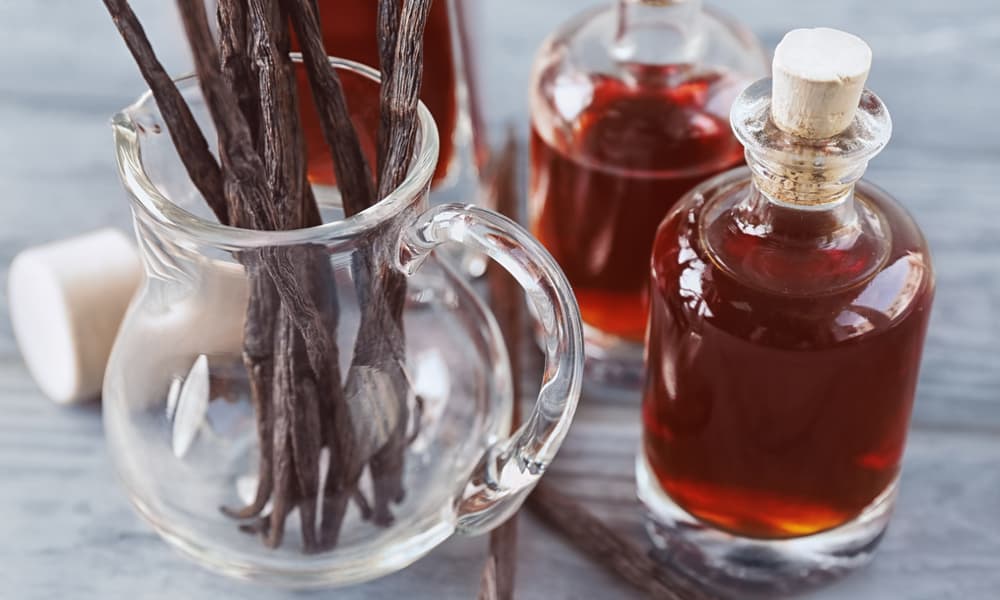
Firstly. vanilla beans don’t go bad easily. The major problem is the mold development, which is readily distinguishable to naked eyes. So, the fact is that your chance of consuming bad vanilla beans is quite low.
However, vanilla beans are often used in very tiny amounts in most of the recipes. So, even if you happen to consume expired beans, any onset drastic health issues are unlikely.
Some molds that grow on food might cause allergic reactions and respiratory issues, while some might even produce a toxin called ‘Mycotoxin’ that makes people sick.
Thus, frosty vanilla beans are completely safe to consume while moldy beans might make you sick; i.e., some minor health issues. However, if consumed too much of moldy vanilla, the condition might be alarming and must be consulted to a doctor.
Can you freeze Vanilla beans?
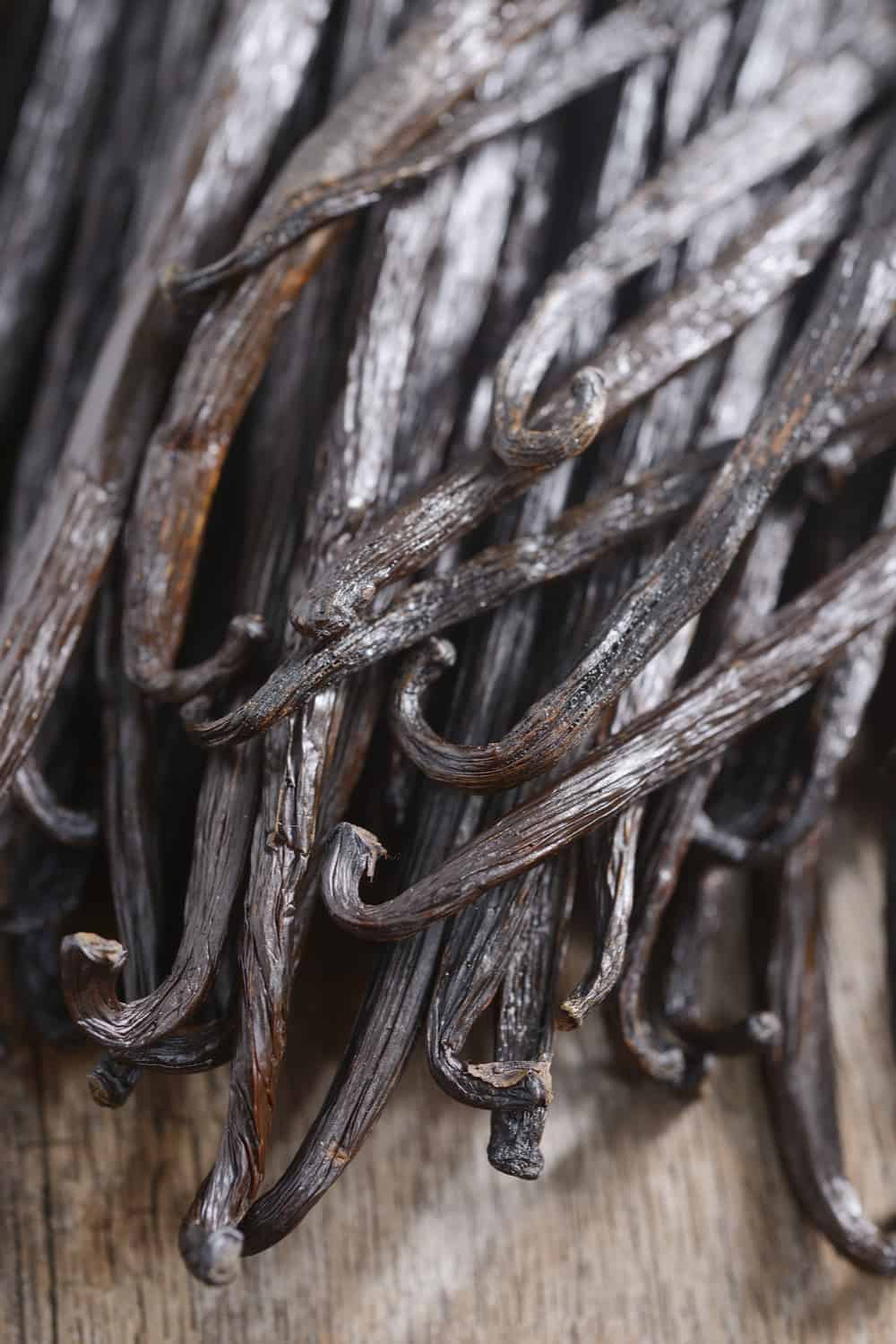
Vanilla beans can last you years even when stored at room temperature. So, generally, there’s no need for freezing your fresh vanilla beans. Yet, vanilla beans can be frozen.
As freezing vanilla beans come with more unnecessary risks than benefits, vanilla beans are considered to be fresher for long if kept at room temperature. The major risk is exposure to moisture which makes the beans more susceptible to mold growth.
So, even if you’ve decided to freeze the pods, make sure that the freezer-bag is absolutely airtight. It’s best if you vacuum-seal the bags. You can even add another layer of the bag, in case you don’t have a vacuum sealer.
The next time you decide to thaw the beans, make sure to roll them in paper towels or tea towels for about 4-5 hours. Doing so will prevent moisture build-up in the beans, thus keeping contaminants such as molds at bay.
You can then store the thawed beans in an airtight container and store it in a dark and cold area of your pantry.
Summary
If vanilla is not a common ingredient you incorporate in your recipes, don’t stock on this precious spice. Or, if you already have bought too many, powder them or prepare the extract.
But, if you are worried that you’ll not finish them before they go bad, the best option available is to gift them to someone close.
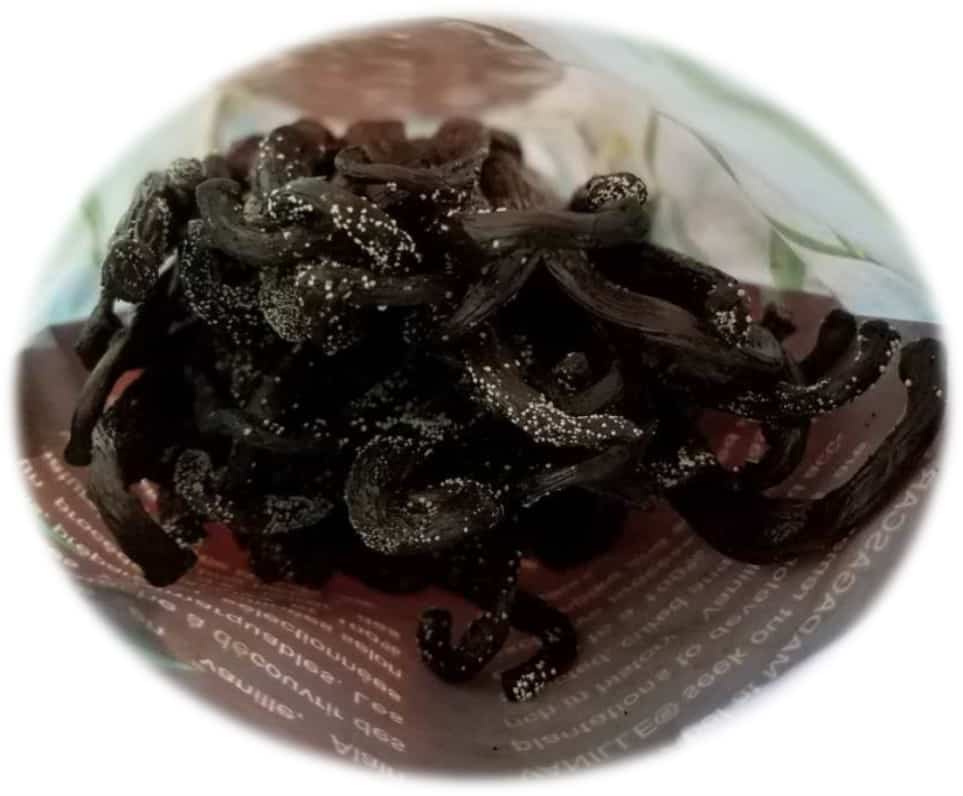
What a great post,This is helpful for beginners. Thanks for sharing!
Hi, this is really helpful, thank. I have a related question – I got some vanilla beans and made an extract using 35% alcohol. I sliced the pods, scraped a few of them, put in a bottle and added alcohol. Before putting the bottle away I noticed brown flakes floating in the alcohol along with the vanilla bean caviar. I looked closely and realized it was bits of the brown paste along the edge of the bean (like in your second pic, of the sliced pod). Today, second day of submersion in alcohol, it’s cloudy. Is that normal? I’ve made vanilla extract before without these brown bits, and it hasn’t been cloudy.
Small cloudy mass attached to cut end of the vanilla beans submerged in alcohol has been noticed after a month storage. What is this and is it harmful?